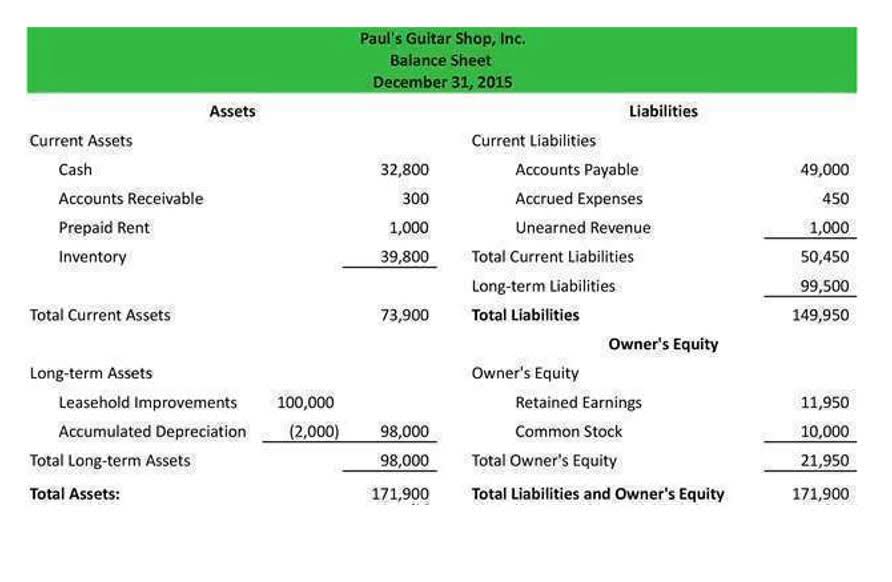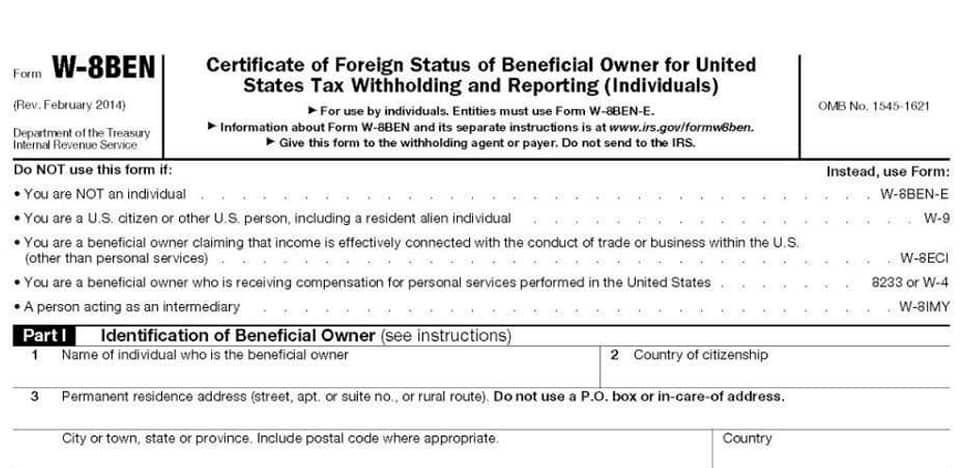
The unearned revenue is recorded in the cash flow of the company as well as the balance sheet. The cash flow statement shows the unearned revenue as operating cash inflow. On the other hand, the unearned revenue is recorded as a current liability in the balance sheet of the business entity.
Media companies like magazine publishers often generate unearned revenue as a result of their business models. For example, the publisher needs the cash flow to produce content through its various teams, market the content compelling to reach its audience, and print and distribute issues upon publication. Each activity in a publisher’s business strategy can benefit from the resulting cash flow of unearned revenue. Every business will have to deal with unearned revenue at some point or another.
Unearned Revenue Journal Entry Accounting (Debit, Credit)
Your business needs to record unearned revenue to account for the money it’s received but not yet earned. Recording unearned revenue is important because your company can’t account for it until you’ve provided your products or services to a paying customer. Using our example, when the landscaping company receives its $200, it will debit its cash account in the amount of $200 and credit its unearned revenue account in the amount of $200. Once it provides the first lawn service, it will record a debit to its unearned revenue account in the amount of $40. At that point, its balance sheet will report the remaining liability in the amount of $160 and its income statement will report that $40 was earned. In other words, that $40 will be converted from unearned revenue to earned revenue.

Once the accrued revenues are billed, they’re either paid in cash or become account receivable for the billing company. Comprehensively, the company’s earnings by selling the goods or services as promoted and advertised are categorized as operating revenues. For instance, if a garments company is selling the apparel, the proceeds from sales will be the operating revenue. Cube integrates with your ERP, offering a seamless bridge between tools like Excel and Google Sheets. For FP&A Managers, this means easier reporting, analytics, and forecasting related to https://www.bookstime.com/.
Unearned Revenue in the Books
As the prepaid service or product is gradually delivered over time, it is recognized as revenue on the income statement. Unearned revenue, sometimes referred to as deferred revenue, represents advance payments a company receives for goods or services that have not yet been provided. Using accrual accounting, or double-entry accounting, you’ll need to record unearned revenue as a liability.
Morien Provides Update on Black Point Royalty – Yahoo Finance
Morien Provides Update on Black Point Royalty.
Posted: Wed, 01 Nov 2023 12:00:00 GMT [source]
This can help businesses plan for future investments and ensure that they have enough cash flow to cover expenses. Unearned revenue, sometimes called deferred revenue, is when you receive payment now for services that you will provide at some point in the future. Per accrual accounting reporting standards, revenue must be recognized in the period in which it has been “earned”, rather than when the cash payment was received. The owner then decides to record the accrued revenue earned on a monthly basis. The earned revenue is recognized with an adjusting journal entry called an accrual. Like small businesses, larger companies can benefit from the cash flow of unearned revenue to pay for daily business operations.
How to Record Unearned Revenue
For example, let’s say a gym offers a monthly subscription plan to its members. If a member pays for a three-month subscription upfront, the gym receives the payment but has not yet delivered the service. The gym would record this payment as unearned revenue on its balance sheet. Once the gym delivers the service, it can then recognize the revenue as earned. Once the business actually provides the goods or services, an adjusting entry is made.
- This adjustment changes the value from liability on the statement of financial positions on the organization’s reports to the income statement of the organization’s reports.
- Every business will have to deal with unearned revenue at some point or another.
- This could also lead to them losing potential investors and suppliers.
- Baremetrics integrates directly with your payment processor, so information about your customers is automatically piped into the Baremetrics dashboards.
- Unearned revenue should be entered into your journal as a credit to the unearned revenue account, and a debit to the cash account.
- Unearned revenue liabilities will appear on your balance sheet until goods and services for the period are provided to the customer(s) who have paid early.
The unearned revenue account will be debited and the service revenues account will be credited the same amount, according to Accounting Coach. The rationale behind this is that despite the company receiving payment from a customer, it still owes the delivery of a product or service. If the company fails to deliver the promised product or service or a customer cancels the order, the company will owe the money paid by the customer. Some examples of unearned revenue include advance rent payments, annual subscriptions for a software license, and prepaid insurance. The recognition of deferred revenue is quite common for insurance companies and software as a service (SaaS) companies.











